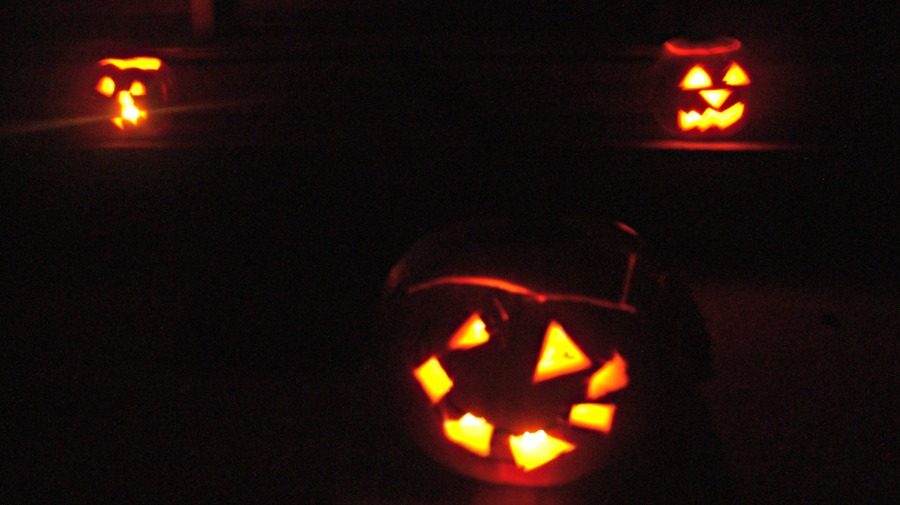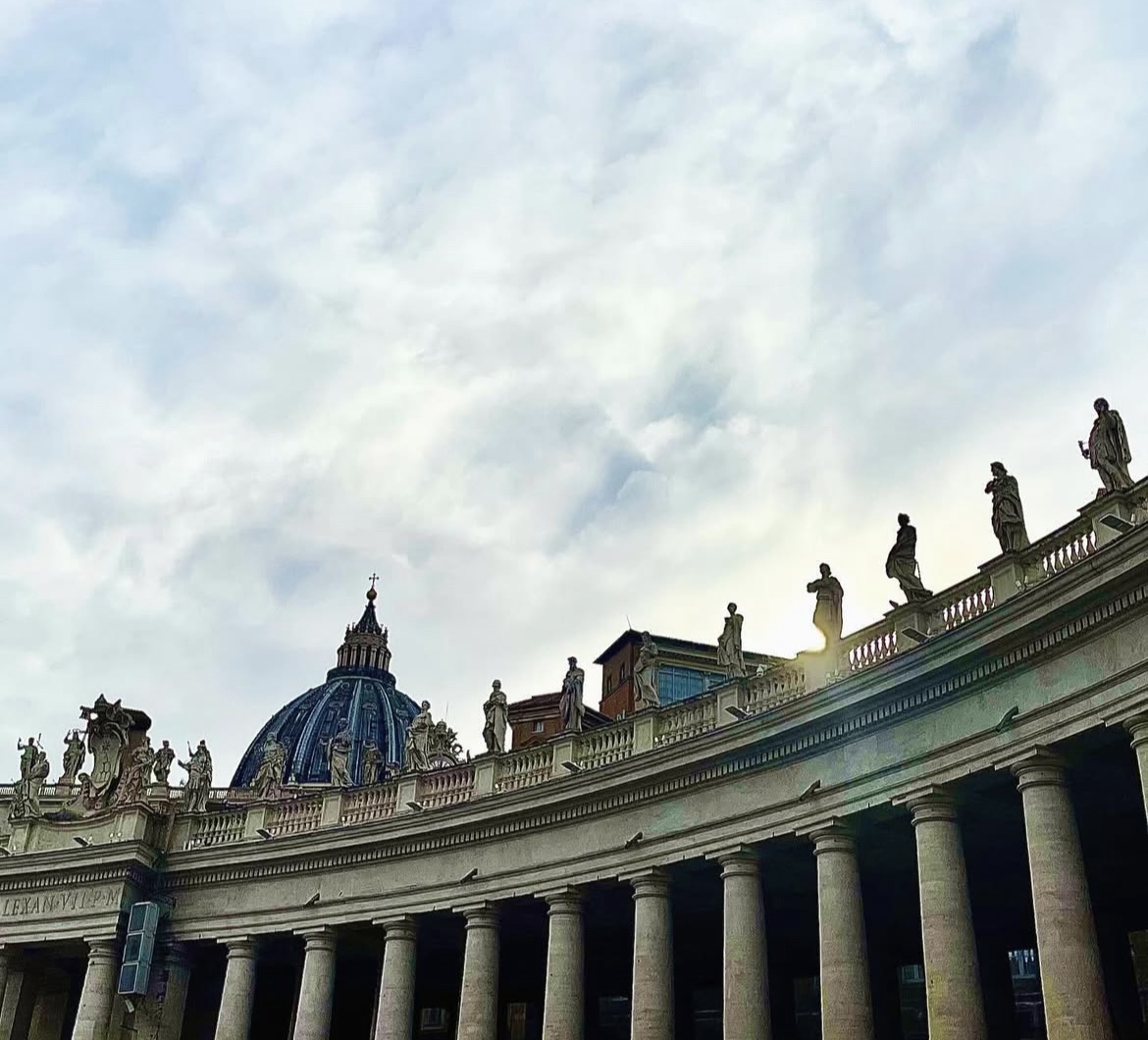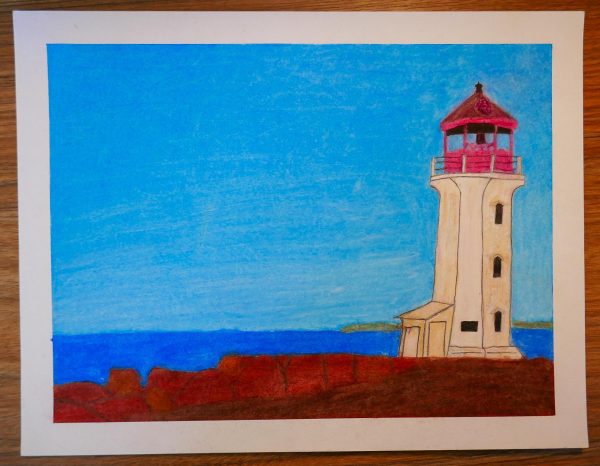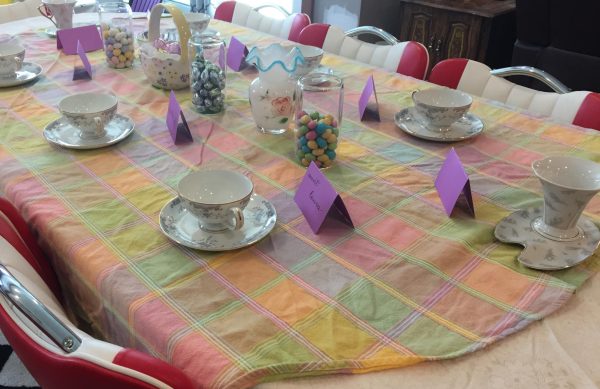The Origins of Halloween
October 19, 2016
Most everyone knows about Halloween; the day when kids get to dress up and go around getting free candy is one of the most advertised days of the year! But few people know of the true origins of this holiday. It wasn’t always the fun, trick-or-treat deal that we know now.
The custom has its origins in Ancient Ireland, during the time when it was still a pagan nation. The Celts celebrated their new year, which they called Samhain (sow-in), on November 1st, which is now All Saints’ Day. The pagans believed that on October 31st, the night before their new year, spirits walked the earth as ghosts. They would leave food, drink, and money on their doorsteps to appease any angry spirits, and when they went out they dressed as ghosts to blend in. The Celts also wore costumes during Samhain itself, as part of their pagan rituals.
Later on, as the Catholic Church became a part of Ireland, the customs of both nations and beliefs were merged. The Church made November 1st All Saints’ Day, and November 2nd All Souls’ Day. All Souls’ Day was celebrated much like Samhain, with large bonfires, food, and dressing up as saints, angels, and devils. On All Soul’s, people would go around town offering prayers for the dead in exchange for a cake. This custom was known as “souling.” The cakes that were given in exchange for prayers were called soul cakes.
Another custom was for young people to dress in costumes and go door to door, receiving food, drink, or money in exchange for dancing, singing, telling jokes, and entertaining in other ways. The was called guising, and is much like trick-or-treating today.
All Saints’ Day was also called All Hallows, or All Holy. It makes sense that the day before All Hallows would become known at All Hallows Eve or All Holy Eve, which was eventually shortened to Halloween.
The holiday was stamped out by Puritans, but when the custom, brought by Scottish and Irish immigrants, came to America, this holiday was revived. The first celebrations were parties where stories about dead friends and relatives were told, games were played, and food was eaten. Prank playing and ghost stories were also very popular.
When the Great Potato Famine struck Ireland, thousands of immigrants poured into the US. They brought their traditions with them once again and Halloween began growing in popularity. Soon, Irish and American customs were combined, and young people would go around town asking for candy or money, a precursor to trick-or-treating. The main difference between this version and nowadays’ version is that the kids actually meant what they said. “Trick or Treat” was actually a threat: “Give us a treat or we’ll pull a prank on you.” Some tricks were minor, but others, like toilet papering and egging houses, got out of control.
Eventually, Halloween became less about the trick, and more about the treat. It became focused on child and family friendly activities and games. Often Halloween parties were held in town squares. But when the population grew a bit too big for that, trick-or-treating as we know it was born. It was an easy way for the entire community to become active in the holiday, without having risk of vandalism or even having to go outside. Now, many people get into the spirit and deck out their houses, some more benign than others, and themselves.
The popular tradition of pumpkin carving also came from the Celts, although originally it wasn’t a pumpkin. In Ireland and Scotland, turnips were used instead. When the custom came to America though, pumpkins were seen as better because they are bigger and softer than turnips.
Many Catholics wonder if celebrating Halloween is allowed or morally right. How do we reconcile this superstitious holiday with our faith? We can look to past Catholics for the answer. In the middle ages, Christians commonly dressed in ghoulish costumes because they were using it as a way to mock evil. They would dress as demons or ghosts to show that they were unafraid of the dark because Jesus had brought the Light. In this way, Halloween was a time of celebrating Christ’s victory over evil. If you look at it this way, maybe Christians should embrace the holiday – in its true form, that is.
It also could be a great opportunity to evangelize. Some families go trick-or-treating in saint costumes, then, when asked who they are, they have the ability to explain what a saint is, their stories, etc. You never know what might have a lasting effect on someone.
How does your family celebrate Halloween? Send us a picture and let us know in a Letter To the Editor! Letters must be submitted by November 7th. Does your family do All Saints’ Day instead? Perhaps you celebrate both. Maybe you love trick-or-treating or harvest festivals. No matter what your family traditions are, remember 1 Corinthians 10:31, “So whether you eat or drink, or whatever you do, do everything for the glory of God.”
Happy Halloween!






